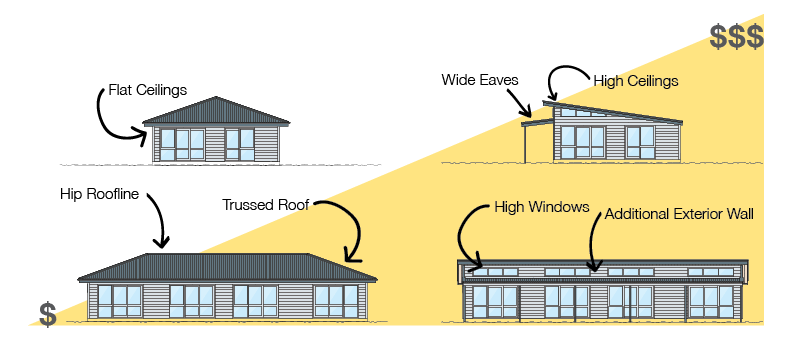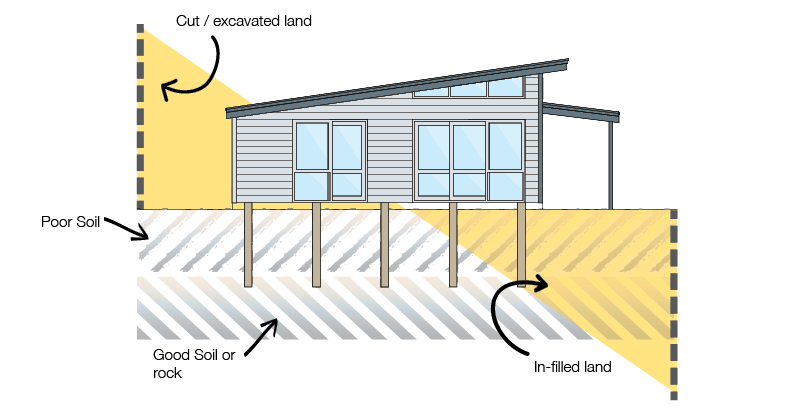We understand that price is important when you’re looking to build your new home. Often the first question homebuilders ask is “what is the price per square metre”. It seems like a simple way to estimate costs for a project, but building a house is an incredibly complex task. There is no simple answer to “how much will it cost?” and a square metre rate is not an accurate way to determine the investment you’ll need to complete your project.
We explore what impacts the price per square metre in more detail below.
Size of the home
Generally speaking, larger homes are often cheaper per square metre simply due to having more space to divide the costs into. With a smaller home, you have less square meterage to divide the costs of expensive rooms such as kitchens and bathrooms into. Comparatively, a large garage, which doesn’t require an expensive interior fit-out, will bring down the square metre rate.
Shape of the home
A building with a simple rectangular shape will have a lower cost per square meter than a building with complex shapes, curves, or angles. The exterior wall is generally the most expensive wall due to insulation and cladding requirements. A more complex design will likely have additional aluminium joinery requirements and need more labour hours to build, all impacting the square metre rates. The home shapes below all have the same floor area of 100m² yet the total perimeter wall length is different on each. Home ‘C’ will likely have a higher square metre rate.

Complexity of Design
A more complex home design will have a higher square meter rate. Gables, split roof lines, high windows and steeper roof pitches are more expensive than conventional trussed roofs with flat ceilings. Split-level, double-storey, or homes that need specific structural engineering will also be more expensive. The examples below both share the same floor area yet the home on the right will be more expensive to build. The higher roofline, additional wall area and joinery as well as the high sarked, timber ceilings will all contribute to a higher square metre rate.

Complexity of site
Sites that are sloping are more expensive to build on because they require extra earthworks. Other site conditions such as soil quality, topography, accessibility, and local regulations can affect the cost per square metre. For instance, a site with poor soil quality or difficult terrain may require additional foundation work and labour, which can increase the cost per square meter. Distance to services, removal of greenery and access to the site will also impact overall costs.

Planning to maximise your budget
The cost per square metre will vary considerably when you specify your fit-out. The investment you make into your kitchen design, bathroom fixtures, plumbing and electrical items, and flooring will all impact the overall square metre rate.
Whole of life cost
We all tend to go for the cheapest up-front price but this may not be beneficial in the long run. Consider what your home will cost to run and maintain over the next 10 years. The Lockwood building system provides significant cost savings over the lifetime of a home, including thermal efficiencies, minimal exterior and interior painting requirements and proven resilience in extreme weather and natural disasters.
It’s important to consider all factors and ensure you get an accurate quote for your build, rather than an estimate based solely on the square meterage. When you talk to our team, we won’t offer a square metre rate for your project. Instead, we will speak to you about your site and requirements, and find the best way to work within your budget to build the home of your dreams.